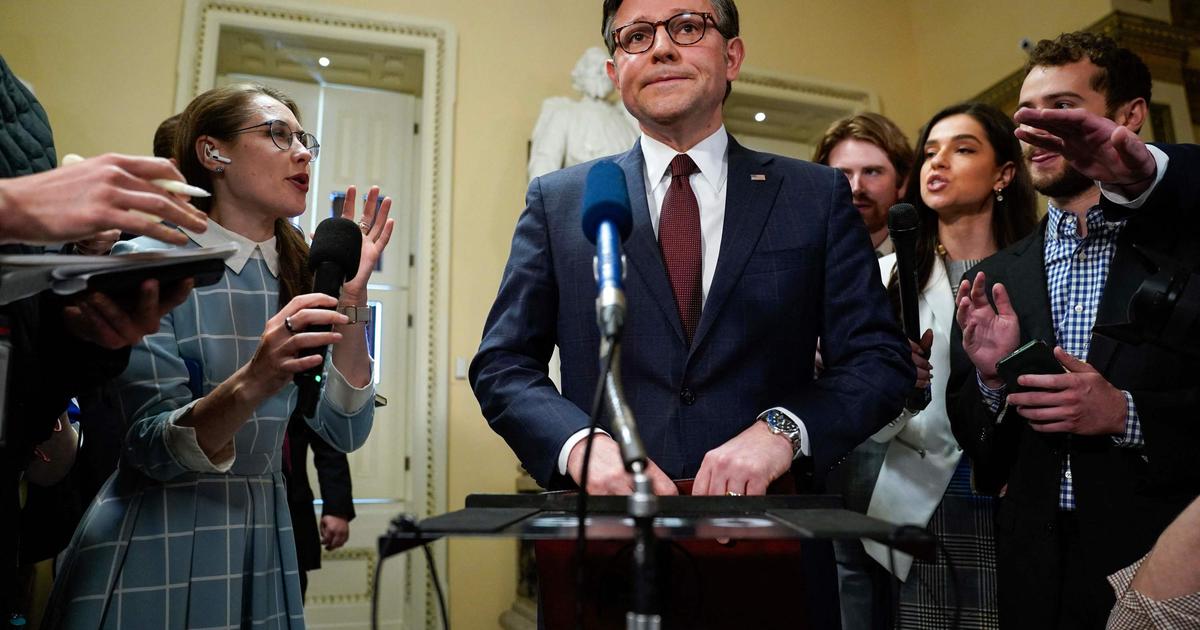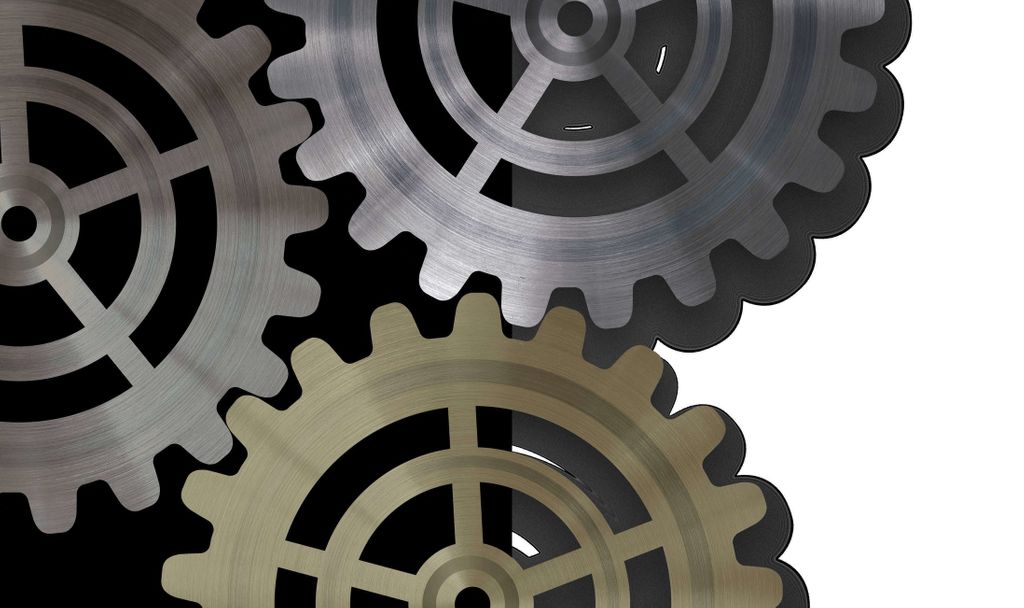You’re in your living room, browsing this magazine, a cup of tea in your hand. Your reading saturates you, you pour a few drops of the hot drink on your knees and scream. Surprised, your cat is running at 4th gear, tossing a precious vase that breaks into a thousand pieces. Let’s go back: In another version of events, your goofy cat drops the vase in the first place. Noise makes you jump, pour tea. Both versions of this story have the same result: you have burned yourself, the vase is broken. However, the path to this conclusion differs. But you know very well what really happened, thanks to the very famous principle of causation. “In physics as in life, it is always this that makes it possible to distinguish clearly between causes and effects which result from the latter,” Caslav Bruckner, a physicist at the University of Vienna, Austria, agrees. Do we even have to remember it? The cause always precedes the effect.
>> Read also: Can quantum physics explain the coincidence?
This principle is not only self-evident: it is the cornerstone of the modern scientific world, “One of the last principles that science will one day abandon”, Even the eminent theorist Gil Cohen-Tanduji poses. Except here: Over the past 10 years, several groups of physicists have run a slow, silent revolution, causing it to gradually falter. Their research sheds light on situations where it is impossible to determine the causal structure! In the quantum world, during amazing particle physics experiments, we can now see situations in which “A begets B” and “B begets A” are simultaneously valid assumptions. And to see the breakdown of causation. “It may seem completely fictitious, Recognizes Cyril Branciard from the Institut Néel in Grenoble. But we have succeeded in empirically demonstrating that on a quantitative scale, the causal structure is undetermined.”
Milestones
Since its development nearly a century ago, quantum mechanics has shown that the laws that govern the behavior of particles are fundamentally different from those found in our macroscopic world.
A question about the theory of everything
This astonishing idea of an indeterminate causal structure was first introduced sixteen years ago by theorist Lucien Hardy of the University of Waterloo in Canada. “My goal was to develop a theory of quantum gravity, which would make it possible to unite general relativity and quantum mechanics once and for all.” Physicist tracks. Indeed, if each of these theories excel at describing minute phenomena – respectively the behavior of macroscopic objects and the behavior of microscopic particles – then physicists still cannot reconcile them. So much so that the theory of everything, which would include these two major components of modern physics, represents a kind of Grail for theorists around the world.
Several approaches have been considered, such as toroidal quantum gravity, which assumes that at the microscopic scale time and space are determined; Or string theory, which suggests that the building blocks of the universe are made up of tiny strings that vibrate at different frequencies. Hardy chose another starting point: reconciling the basic properties of these two theories. “On the other hand, we have general relativity which teaches us that massive objects like black holes distort spacetime, which induces a dynamic causal structure. On the other hand, we have assertive probabilistic quantum mechanics, where some properties of particles, such as location, are in superposition. My idea was that a theory of quantum gravity must necessarily unite these two properties. This induces a dynamic and probabilistic causal structure, and thus in the superposition of states.”
Thus the idea was born that in the microscopic world, causes are indistinguishable from the effects they produce. In 2005, Lucien Hardy published the founding article for this theory, and has continued to improve its mathematical framework since then. What we hope to one day combine, under the same equations, quantum mechanics and general relativity, laying the foundations of a possible theory of the whole.
Except that, meanwhile, this story of indeterminate causation tempted a small team at the University of Pavia in Italy. Theorist Giulio Chiribella and his three colleagues tackled an entirely different problem. “Our goal was to develop new computational methods for quantum computers, researcher says. In these types of systems, we try to use quantitative properties, such as superposition of states, in order to perform certain operations more efficiently than a conventional computer. ” Physicists have, rightly, noted that in the context of quantum computers, the hypothetical idea of an indeterminate causal structure can be useful. It remained to highlight: the small team then developed a revolutionary theory regarding confusing simplicity: “Quantum switch” (see chart below) .
“The starting point of our reflection was Schrödinger’s cat thought experiment and its main teaching: when a quantum particle is in charge of a process, it is the whole system that ends up in the superposition of ‘states'” , describes Chiribella. The quantum switch includes two functions A and B, which act differently on a measurable property of the particle. In the branch, this particle passes through a and then b; On the other hand, by B and then A – in quantum physics, we say that it takes both paths “simultaneously”. However, the final state of the particle varies depending on the path it actually took! By performing this process with a large number of particles, researchers are able to see if we can relate the particle’s final state to one of two pathways or the other. In short, whether or not the causal order of events can be determined.
So the physicists had a well-established concept at their disposal, and it remained only to put it into practice. What the team of Philip Walther from the University of Vienna accomplished in 2017 in a groundbreaking experiment. The researchers used a beam of photons separated into two different paths by a semi-reflecting mirror. Each photon has a 50% chance of being transmitted or reflected – but in fact it takes both paths at the same time, depending on the quantum interpretation. Next, the transmitted copy of the photon crosses the first device that changes its polarization – the direction of its electromagnetic field – and then continues on its way and meets another device that changes it again.
During this time, the reflected version of the photon encounters the same two devices but in reverse order: its final polarization is therefore different. Finally, a final optical device collects two copies of the photon: enough to perform a polarimetry, and to determine whether the photon was transmitted or reflected, if its path follows AB or BA.
No more causation with “quantum switching”
1 Imagine a train with a turnout, if the lever is placed on the left, the train fulfills steps A and then B in that order. This pathway follows a specific causal order.
2 If the joystick is pushed to the right, the train passes through stage B first, bringing it to stage A. This path also follows a specific order.
3 In the quantum world, the joystick can be left and right! Then the train follows both tracks simultaneously. Result: A no longer leads to B, and B no longer leads to A, cause and effect disappear.
Disengagement at the origin of causation
How do we go from seemingly indeterminate quantitative causation to the famous macroscopic causation principle? For Cyril Branciard, the answer can only be intuitive at the moment. It can be summed up in one word: decoherence. “This well-established theory helps explain the transition between certain rules of quantum physics and others that describe classical physics. Decoherence tells us that it is the infinite interactions between quantum systems that cause the superpositions of states to disappear. Especially with regard to location or quantum motion.” The same would be the case with the causal structure of events.
Final experience
consequences ? By performing this experiment on a large number of particles, we showed that it is impossible to correlate polarization measurements with one or the other path. says Julia Rubino, from the University of Bristol, who was involved in the research. As if the photons had passed through the device without necessarily following the chronological steps A then B or B and then A.” The causal order of events is not really determined.” Many research teams around the world have made every effort to retry this experiment. Each time, the same result: photons do not pass through A and then B, or vice versa, they simultaneously undergo the two causal states. And now quantum physics, which not only questions our notions of location or uncertainty, disturbs the unshakable principle of causation!
Revolution is not only theoretical, according to Cyril Branchard: “The quantum switch opens the way to very tangible applications.” So, in 2019, researchers at the University of Science and Technology of China, Hefei, showed that using an indeterminate causal order, it was possible to perform information transfers very efficiently. Recently, in January 2021, another team from Hefei worked on motorized systems that usually need a hot and cold tank to operate; He showed that by using equivalent quantum switch systems, these same actuators could extract heat from equal-temperature tanks, making them easier to operate. Admittedly, these findings are still debated by part of the community. However, the consequences of this abandonment of cause and effect can be numerous. like what !

“Music guru. Incurable web practitioner. Thinker. Lifelong zombie junkie. Tv buff. Typical organizer. Evil beer scholar.”



:format(url)/cloudfront-us-east-1.images.arcpublishing.com/lescoopsdelinformation/L2F6OCLVY5CBBNQ32DX5S7TOBA.jpg)




More Stories
Sophie Adino officially receives her “wings” and will be able to fly in space by 2030
Plants grow mostly in the afternoon
Why should we not confuse academic freedom with the autonomy of science?